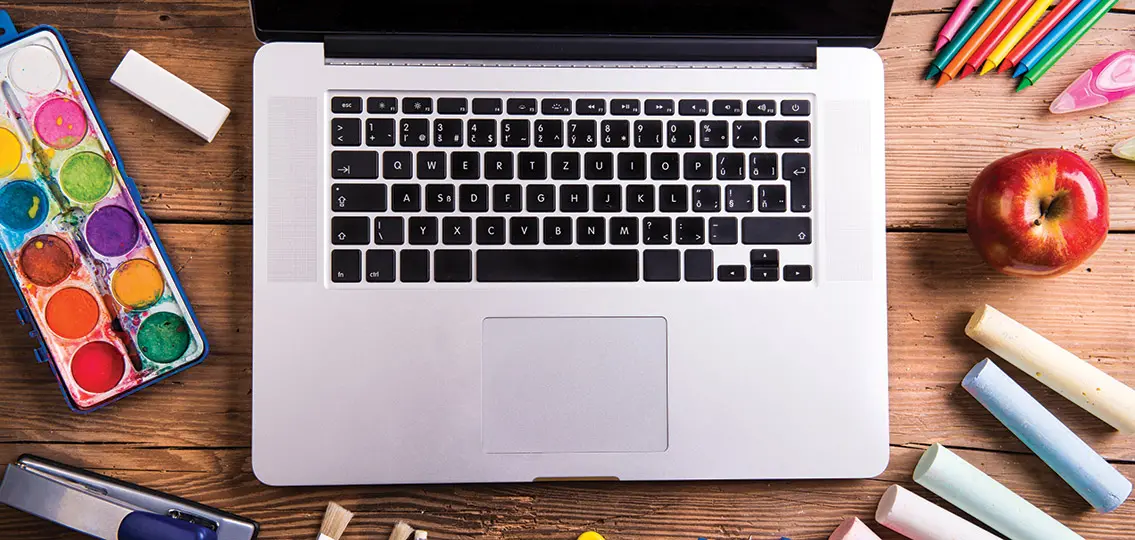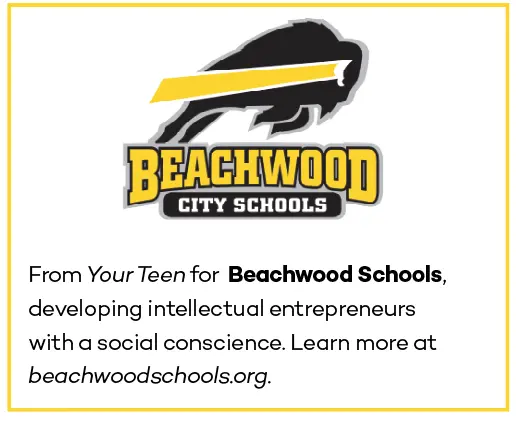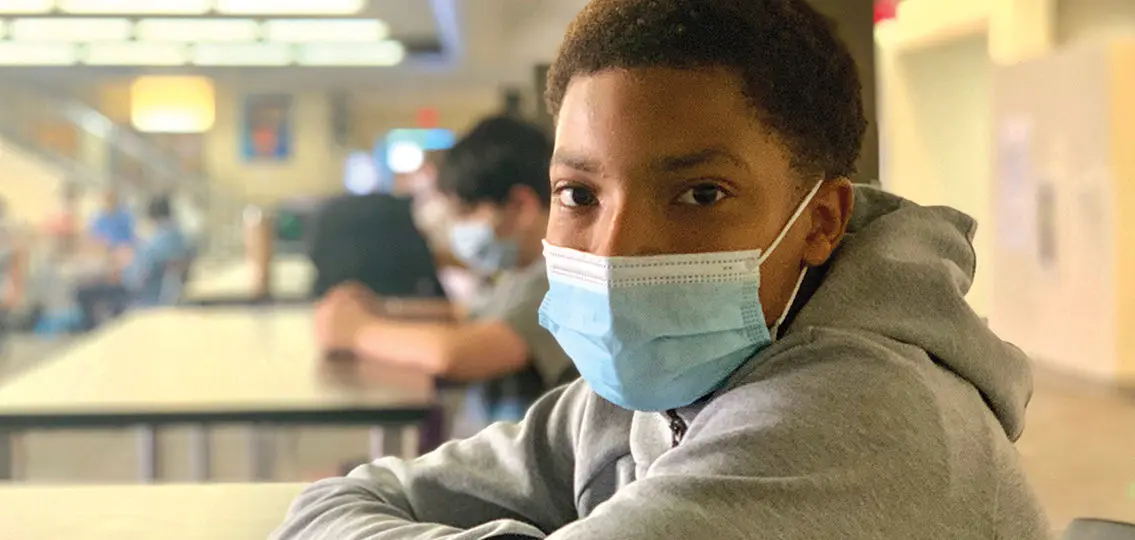On my daughter’s first day of middle school this fall, I sent her off with a backpack and a facemask. And a little bit of worry.
I worried about how learning and socializing would feel in a mask. It’s the safest thing for her, her teachers, and her classmates. But she’s shy. Will her voice be heard? Will friends think she is snubbing them?
“When visual cues, like smiles, are hidden behind a mask, you have to make more of an effort to verbalize. This can be hard for middle schoolers,” says Robb Ristau, a sixth-grade science teacher at Beachwood Middle School in Ohio.

And, because this is middle school, social pressures can also factor in. How can we help our kids stay safe while they make friends and learn new skills at school? Here’s what the experts recommend.
How to Make Friends from a Distance
Remind them to speak up
Ristau says even he has caught himself forgetting to add a verbal cue to his smiles. “As a teacher, I’m having to be more aware of how I address the class. Asking questions like, ‘Are you okay with that? Does that make sense?’ can be effective in getting a head nod or an answer.”
Keith Terlonge and Katy Crismon, both middle school counselors at Beachwood Schools, suggest parents coach kids on using clarifying questions for better communication. “It’s no different than texting—a text can be misinterpreted and you have to ask, ‘Is everything okay?’” says Crismon. This can be true when speaking with friends and with teachers.

Parents also need to remind their kids that they will have to speak up to be heard—which can be uncomfortable for middle schoolers. “With a mask on, there is the challenge of trying to get your voice loud enough. It’s going to be a skill we all learn over time,” she says.
Encourage eye contact
Tweens and teens sometimes spend more time looking at their screens than they do maintaining eye contact—and this can hinder communication, especially when they are wearing a mask. “Eye contact is key. It signals interest. When people smile, they not only smile with their mouths, which are now covered, but also with the crinkles in the corners of their eyes. And eye rolling? It can mean anything from boredom to contempt,” says Melissa Lowry, a former teacher and middle school principal who now works as an educational coach for distance learning students.
| [adrotate banner=”176″] |
Lowry recommends modeling good behavior by maintaining eye contact with your child throughout a conversation—and also by practicing or pointing out a lack of eye contact when it happens. “Helping middle school students learn to correctly interpret social cues is more important than ever,” she says. Gently remind them that a lack of eye contact might make friends think your child is not interested or listening to them.
Have a peer pressure strategy
Another potential challenge to mask-wearing? The teasing or social pressure kids might face for following the rules if some of their peers are not.
“That’s a tough part of middle school: who’s influencing you and how you’re influencing others,” says Ristau. “Kids are learning to navigate social pressures now more than ever.”
Terlonge says teens can make these discussions less about following the rules and more about personal comfort. “They can say to their friends, ‘I just don’t feel comfortable right now without a mask on.’ It’s not laying blame but making it more about personal preference.”

It comes back to parents setting a positive example, says Ristau. “We need their help instilling these safety protocols in their lives outside of school to reinforce why it’s important here, too.”




